Writing your first blog post can be exciting and scary at the same time. The adrenaline is pumping and your fingers are ready to type the first sentence. The only problem is – what should you be writing about?
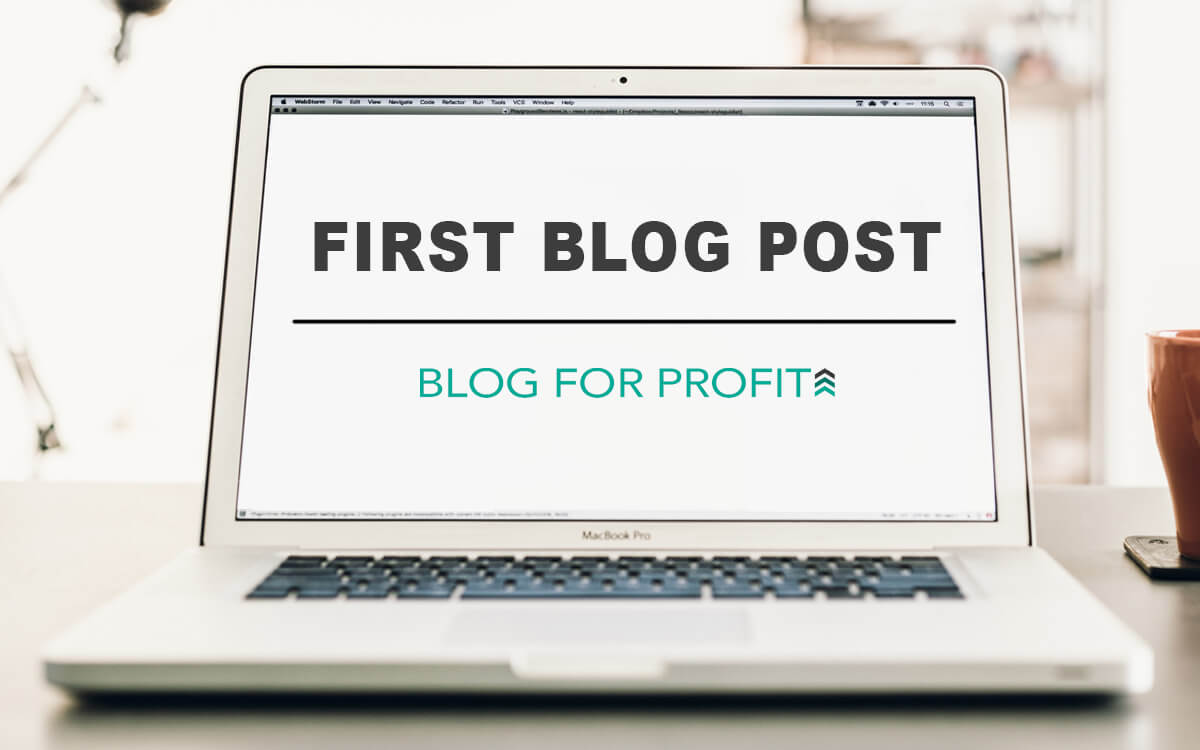
In this post, I explain what you should be focusing on when writing your first post (I also give you pointers to help you come up with ideas), provide you with a checklist of things to do before publishing, and how to find an audience.
What Exactly is a Blog Post and What Should it be About?
Your first blog post should be about the subject of your blog.
I know it sounds simple but many of us get distracted or scared to write about the niche we have chosen. Instead, we stick to what’s familiar and write about ourselves a lot. Too much.
What’s important to remember is that your first blog post isn’t an introduction about yourself (leave that for your About Me page). You first blog post is just that – the very first post of your blog – a post talking about the subject you have chosen to write about.
People will be coming to your blog for 2 big reasons:
- Because they are looking to solve a problem.
- Because they want information on a particular subject.
With that in mind, make sure you provide something useful or helpful in your first post.
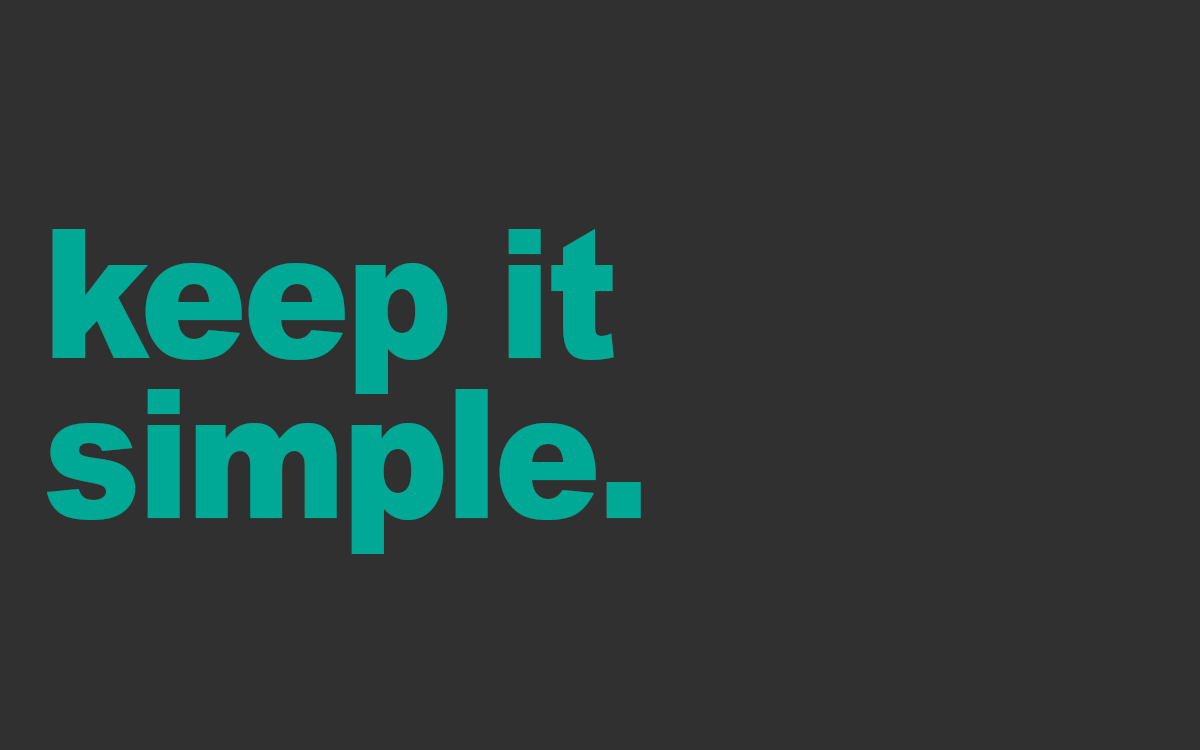
Keep It Simple
You’re probably thinking that your first piece should be detailed, concise, perfect!
After all, you’re introducing yourself to the online world so your post better be amazing.
While it’s true that content is king and that you should spend time researching and writing high quality posts, there’s one thing that’s more important than anything else when it comes to your first blog post – clicking the publish button as soon as you can.
Why?
Because no one is ever happy with their first blog post. And you don’t want that to be the reason why you never became a blogger. Trust me when I say that the longer you wait to publish, the more doubts you will have about your talent as a writer, cook, photographer, etc…
Also, a HUGE part of being a successful blogger has to do with discipline and commitment. Good habits can be the difference between succeeding and failing, so creating a routine you can stick to, such as publishing once a week, is very crucial in the beginning.
Seeing progress on a regular basis makes us feel accomplished, especially when we reach a goal. Plus, there’s nothing more satisfying than checking things off a list!
Our brain prefers routine over novelty. We get a surge of dopamine whenever we accomplish a goal and feel good about ourselves. This encourages us to repeat that action because of the reward that comes with it.
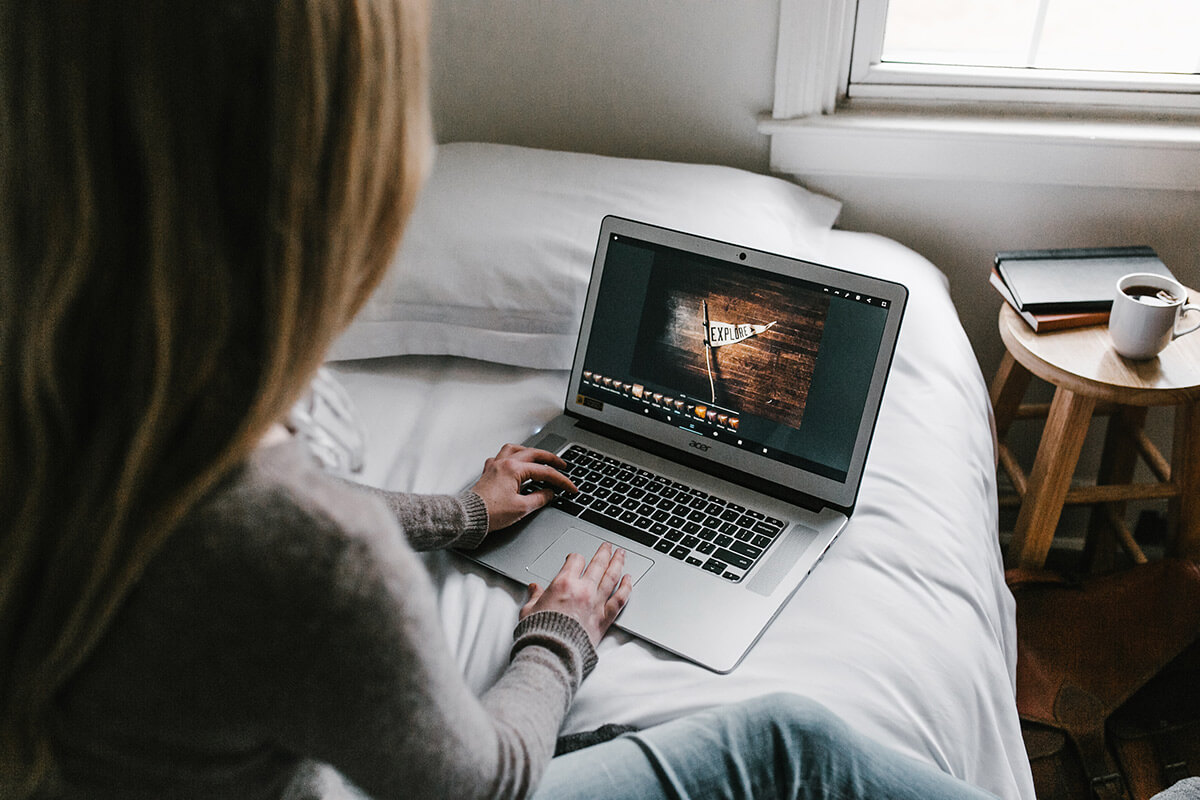
Be Consistent, Be Relaxed
Listen, your blog is brand new so don’t worry if you think it’s a little all over the place.
Just publish and publish.
The good think about publishing in the beginning is that very few people will be reading your posts, which is a good thing!
This will give you time to hone your skills as a blogger. Malcolm Gladwell says it takes 10,000 hours of practice to become an expert at something, and I agree with him. I didn’t know what I was doing when I first started to blog, but I got better at it each year because I remained consistent. And look at me now – I’ve become an expert at it.
Publish consistently and I promise you will see your skills improve, and your confidence too!
To summarize: A first blog post isn’t an introduction or an About Me page, it’s a post about the topic you have chosen to write about. Choose a topic that you know so well it requires little research on your part. What are you really good at? What do you know better than most people?
Your goal is to finish the post and hit the publish button as soon as you can because publishing is more important than writing a perfect post.

First Blog Post Ideas
Feeling uninspired or having trouble coming up with a topic for your first blog post? No need to worry! Here are some tried and tested post ideas to help get the juices flowing.
- Best of roundup. This is an easy way to start blogging, plus, people love roundups! Think of previous roundups you’ve seen and liked, and create something similar. Make sure to check the Nofollow box when linking to other blogs. I won’t get into why you need to do that but it has to do with “leaking traffic juice” to more powerful blogs. And you don’t want to do that.
- Use Buzzsumo to find out what is trending in your niche. Buzzsumo is this awesome program that lists the top performing content across social media platforms. For example, if you are blogging about Italian food you could type “best pasta”, and get something like this:
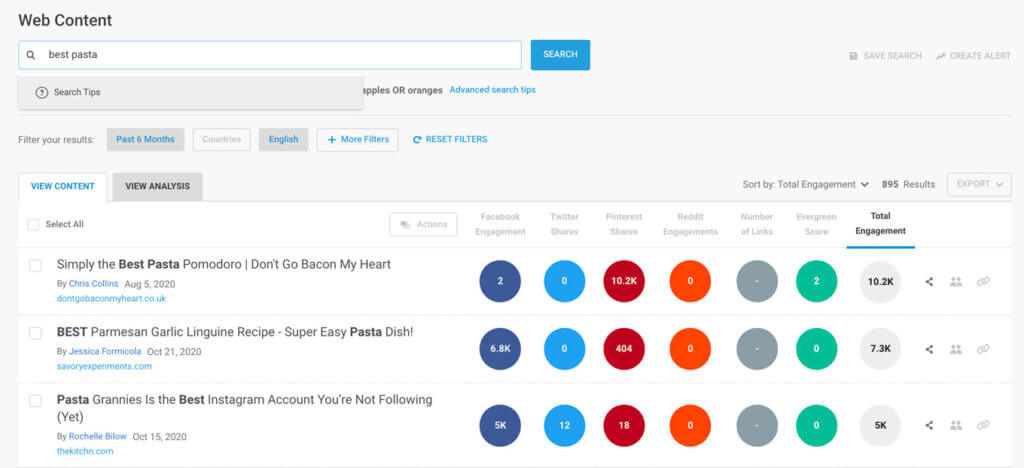
You can see that ‘Best Parmesan Garlic Linguine Recipe” received a lot of traffic, so now you know that creating some sort of cheesy garlic pasta would most likely do well!
- Share some of your favorite hacks. People are always looking for easy tricks to make their lives easier which is why a hacks list always does well.
- Solve common problems people run into within your niche. Think of problems you have experienced in the past, and share how you were able to solve them.
- Find out who your target audience is. Who are you writing for? Is your blog geared toward career women with children? Women over the age of 40? Single dads? Yoga fanatics? For example, if my goal is to reach women over the age of 40 and my blog is about health and beauty, I could write a quick post about how to naturally minimize wrinkles.
- Look at other blogs that write about the same subject as you are. This might spark new ideas or you might want to write about the same thing, but in your own words. Never plagiarize though – the blogging industry is small and you will get in major trouble for doing something like. Always create your own unique content.
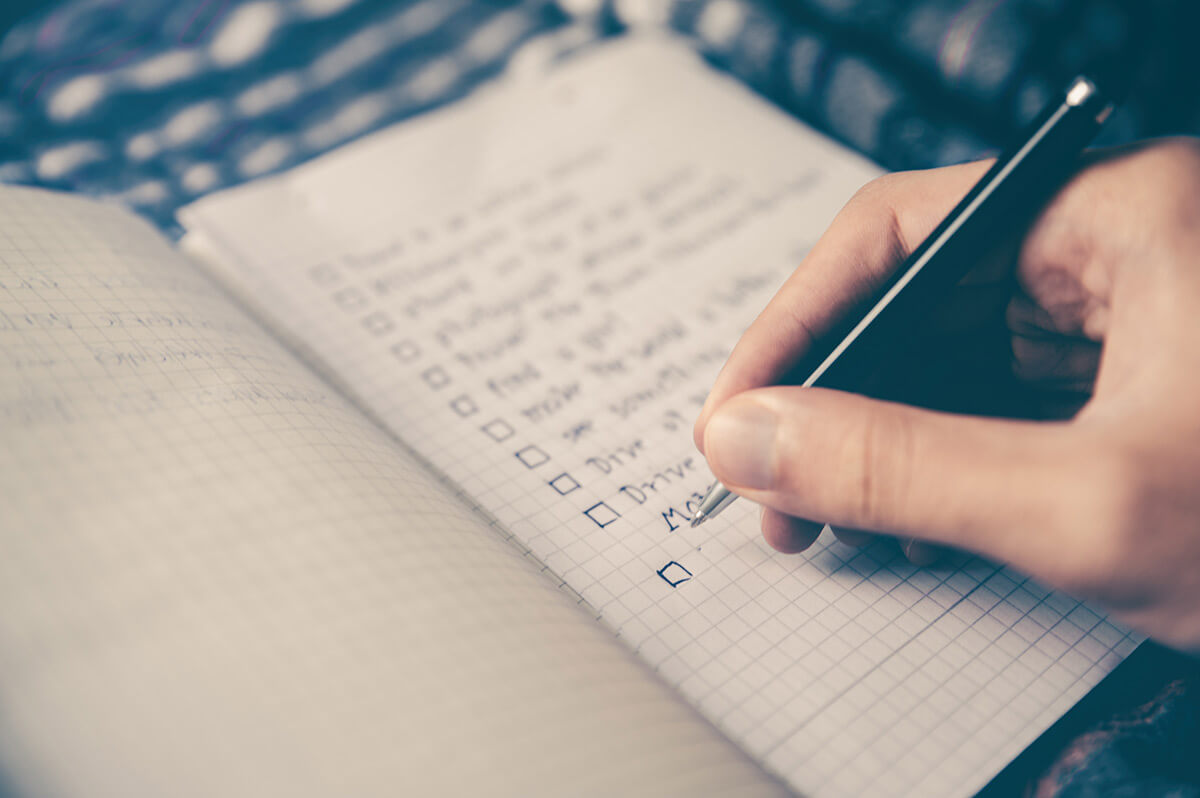
Before Publishing Your First Blog Post, Use This Checklist
Before you hit the publish button you want to make sure that your blog’s foundation is solid and ready to receive readers, as well as being protected from cyber attacks (it happens way more often than you think!).
Here’s a quick checklist of the basic things you should set up before publishing your first post (this is assuming you already have a hosting company and a domain name. If you don’t, read my post on how to start a blog).
- Make sure your post is structured well so it’s easy for people to read. I have written a post about that, which you
shouldcan read here. - Install Google Analytics. Google Analytics is a tool created by Google to help you track your blog traffic (how many visitors come to your blog). The reason why it’s so crucial to have it is so you can see where your traffic is coming from (Google searches, Pinterest, Twitter, other websites, etc..), which posts are performing best, which countries and cities your traffic is coming from, etc… It’s a powerful tool to have and an invaluable one if you want to make money as a blogger.
- You have an email collecting software and a signup box (opt-in form) installed. You will need these to collect email addresses which will become your gold mine for sales. I’m using Convertkit which is an excellent service that offers both the software and a place where you can create opt-in forms and landing pages. They also have lots of video tutorial to help you get set up.
- You have some form of security software installed. This is very important so please don’t wait until your blog is up and running before doing this. Your blog will be extremely vulnerable to bots and hackers if you don’t protect it, so it’s important to get this sorted out as soon as possible. iThemes Security and Cloudflare are both great choices.
- You have a social presence. You don’t need to have an account for all the social media platforms but choose the ones that best fit your niche. For example, food blogging is all about images so I would make sure to have a strong presence on Instagram. However, if your blog is about insurance, Twitter would be better suited for it.
- Know where to find stock photos if you are not going to be shooting your own content. Never ever ever steal images from other blogs, that’s an absolute no no! Bloggers work really hard to create content that’s unique to their brand and expect you, as a blogger, to know the basic rules of conduct. Now that you are part of the blogging family, you must treat everyone with the same level of respect you expect to be treated. There are some wonderful free stock photo sites such as Unsplash , Stocksnap, Pexels, and Freestocks, that carry large libraries of images for all niches.
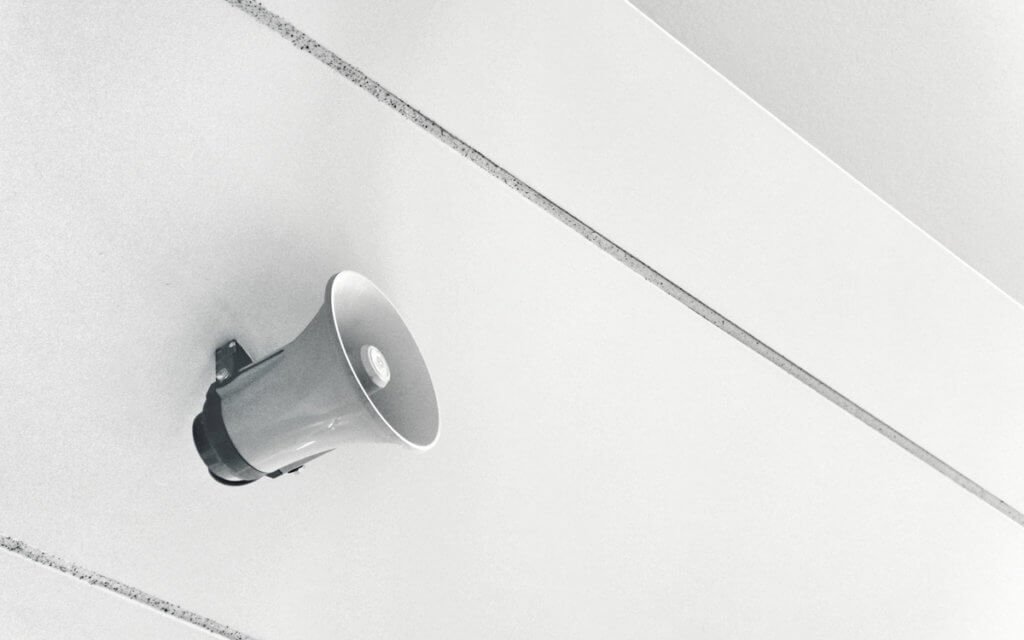
How to Promote Your First Blog Post
So now that you have published you first blog post it’s time to do a little bit of marketing. What are you going to do to find readers?
Here are some tips on how to get people to read your post:
- Share it on all of your social media channels (personal ones too).
- Instagram – it’s worth spending a little time digging to see what hashtags to use to get maximum exposure (choose medium size ones at first otherwise your image will get lost in the shuffle).
- Don’t be shy! Ask your friends and family to share your post with their friends and coworkers.
- Submit your blog to Google, Yahoo!, and Bing
- If you have a food blog, submit your photos to food sites such as Foodgawker, Tastespotting, Healthy Aperture.
- If you created a roundup, contact all the bloggers mentioned in it and let them know you’ve included their blog, and would love a social share or shoutout in return. Always be super polite and friendly!
As I previously mentioned, don’t expect your first few posts to go viral – that’s just setting yourself up for disappointment. You will get more readers as time goes by and you will figure out what works and what doesn’t in your niche.
Blogging takes time and patience. Don’t focus on traffic at first because it will destroy you.
Instead, focus on consistency, discipline, and finding your voice. And most of all – have fun with it!

Leave a Reply